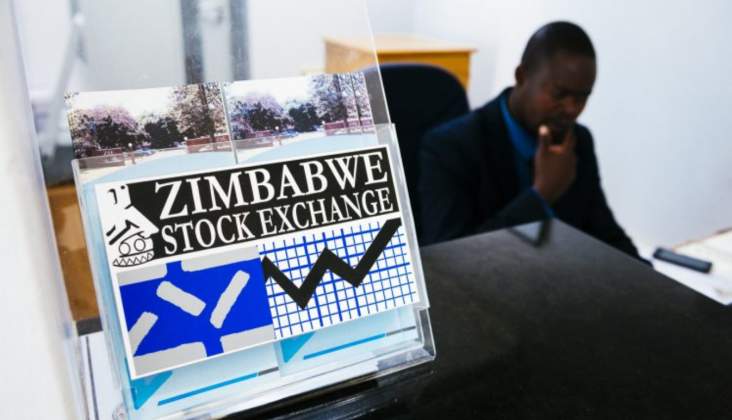Reprieve for banks
THE Reserve Bank of Zimbabwe (RBZ) has extended to December 31, 2022 the deadline for noncompliant banks to meet the regulatory prescribed minimum capitalisation levels.
In light of the adverse impact of the Covid-19 pandemic, the Apex Bank said the extension of deadline for compliance was necessary after some local banks failed to meet the December 2021 minimum capital levels.
In his 2022 Monetary Policy Statement issued on Monday, RBZ Governor Dr John Mangudya said the compliance deadline had further been increased by between three and 12 months for noncompliant players.
Out of the 18 operating banking institutions (excluding POSB with no minimum statutory requirement), 13 banks have complied with the new minimum capital requirement for their chosen capital tier segment.
The required minimum capital as at December 31, 2021 was equivalent to US$30 million for tier 1
banking institutions and US$20 million for building societies.
“AFC Commercial Bank, Nedbank and NBS were granted extension ranging from three to 12 months to allow consumption of capital raising initiatives, which are currently underway,” said Dr Mangudya.
“In addition, merger proposals will also address the minimum capital requirements for some building societies.
“The bank is confident that the remaining institutions will meet the minimum capital requirements by 31 December 2022.”
Dr Mangudya said the declared capital positions as at December 31, 2021 were being subject to external audit reviews as part of the annual financial audits of banks.
He, however, said the financial sector remained adequately capitalised, with the banking sector average capital adequacy and tier 1 ratios of 32,86 percent and 26,54 percent respectively.
The above figures are above the regulatory minimum of 12 percent and eight percent respectively.
The RBZ will also conduct a capital verification exercise during the year to ascertain the declared capital positions.
“Banking institutions bolstered their capital positions through organic growth including recapitalisation of revaluations gains on investment properties as well as capital injection by shareholders,” said Dr Mangudya.
“The banking sector remained safe and sound with demonstrable capacity for increased support to
the recovery of the economy.”
For instance, as at December 31, 2021, banking sector loans and advances increased by 61 percent from $142,79 billion on June 30, 2021 to $229,94 billion largely attributable to the translation of foreign currency denominated loans.
“As at 31 December 2021, foreign currency denominated loans constituted 36,87 percent of total banking sector loans, an increase from 30,16 percent reported as at 30 June 2021,” said Dr Mangudya.
“During the period under review, financial intermediation improved from 45,84 percent recorded
in June 2021 to 48,27 percent as at 31 December 2021.
“The banking sector continued to support the productive sectors of the economy as evidenced by loans to the productive sector constituting 76,29 percent of total loans as at 31 December 2021,” he said.-The Chronicle











